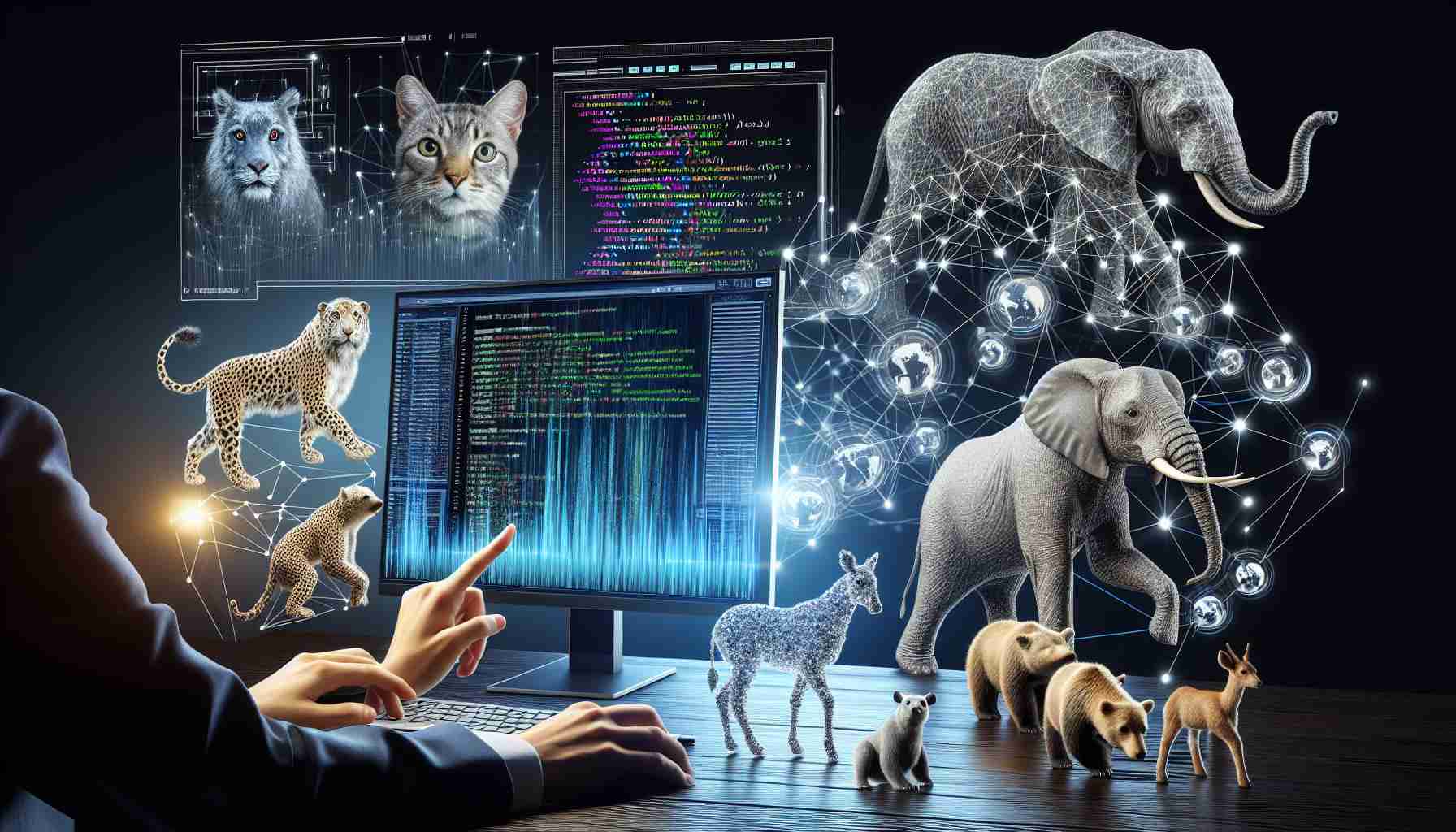In the vast waters off the coast of New Zealand, a group of majestic dolphins known as Māui dolphins are facing a rapid decline. Pollution, climate change, and fishing activities have pushed them to the edge of extinction, with only 54 individuals remaining.
To address the urgent conservation problem, a nonprofit organization called MAUI63 has partnered with the Ministry of Primary Industries and the fishing industry to develop an innovative solution using artificial intelligence (AI). They have created an AI-powered tracking drone equipped with image recognition technology.
Unlike traditional monitoring methods that were limited to periodic observations, the drones provide a more comprehensive and frequent monitoring system. With an 8K ultra-high-definition still camera and an object detection model originally developed for facial recognition, the drones can identify individual dolphins based on the shape and size of their dorsal fins and unique markings.
The drones, hosted on Microsoft Azure, can be deployed more regularly throughout the year, allowing for monthly monitoring of the dolphins. This data is crucial for protecting the dolphins, as it enables the fishing industry to avoid areas where the dolphins are present. Additionally, the insights generated by the drones help researchers understand the dolphins’ preferred habitats, aiding in the study of how diseases, such as toxoplasmosis, are affecting the population.
AI-powered technology is also being utilized in other conservation efforts around the world. For example, on the Isle of May, cameras and AI are being used to monitor and count puffins without disturbing their natural habitat. Similarly, National Rail, in collaboration with the Zoological Society of London and Google Cloud, has developed remote sensing technology using cameras and audio to detect wildlife, including endangered species like the hazel dormouse.
These advancements in AI recognition technology offer hope for the conservation of endangered species. By providing more accurate and efficient monitoring methods, researchers and conservationists can gather essential data to protect vulnerable populations. However, ethical considerations and privacy concerns must also be addressed to ensure the responsible use of AI in wildlife conservation.
FAQ:
Q: What is MAUI63?
A: MAUI63 is a conservation charity dedicated to the protection of Māui dolphins in New Zealand.
Q: How does the AI-powered tracking drone work?
A: The drone uses image recognition technology to identify individual dolphins based on their dorsal fins and unique markings.
Q: How frequently are the dolphins monitored with the drones?
A: The drones allow for monthly monitoring of the dolphins throughout the year.
Q: What is the purpose of monitoring the dolphins?
A: The data collected helps protect the dolphins by providing up-to-date information to the fishing industry, allowing them to avoid areas where the dolphins are present.
Q: How is AI technology being used in other conservation efforts?
A: AI is being used to monitor and count puffins on the Isle of May and to detect wildlife, including the hazel dormouse, in remote areas using cameras and audio technology.
Sources:
metro.co.uk
Definitions:
– Māui dolphins: A specific group of dolphins found off the coast of New Zealand that are facing extinction.
– Artificial intelligence (AI): Technology that enables computers or machines to imitate human intelligence and perform tasks such as image recognition.
– Image recognition: The ability of a computer or machine to identify and analyze visual information based on patterns and characteristics.
– Dorsal fins: The fin located on the back of a dolphin or other aquatic animal.
– Object detection model: A system or algorithm that can identify and locate specific objects within an image or video.
Related links:
– MAUI63: Official website of the nonprofit organization dedicated to the protection of Māui dolphins.
– Microsoft Azure: Microsoft’s cloud computing platform where the drones are hosted.
– Isle of May Puffins: Website providing information about the conservation efforts involving puffins on the Isle of May.
– Zoological Society of London: Official website of the organization collaborating with National Rail in wildlife detection using AI technology.
– Google Cloud: Google’s cloud computing platform involved in the development of remote wildlife detection technology.
Note: The provided link to metro.co.uk has been excluded as it is a subpage rather than the main domain.
The source of the article is from the blog bitperfect.pe

